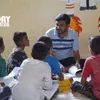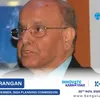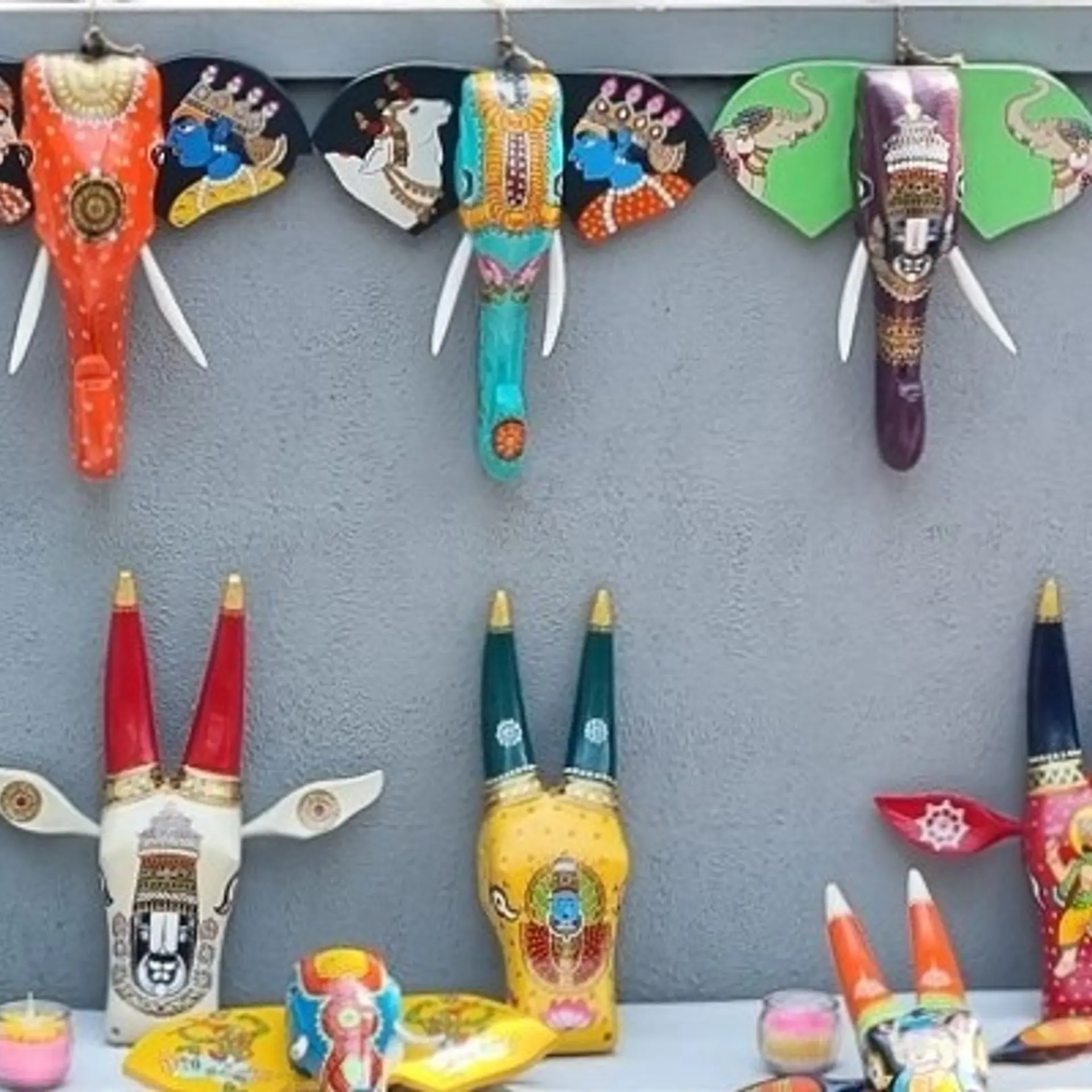Founder-author Vrunda Bansode on why entrepreneurial thinking is even more important today – and how it can be taught effectively
A resilient and adaptable entrepreneurial mindset in a necessity in a fast-changing world. Author Vrunda Bansode shares insights on how to teach startup basics.
Vrunda Bansode is the author of Become a Junior Entrepreneur – a very different kind of entrepreneurship book, written for school students. The five chapters are spread across 160 pages, and correspond to the stages in a startup journey: idea, product, money, promotion and growth (see my book review here).
Vrunda heads India Data Insights, a data portal for the Indian social sector, at Sattva Consulting. She earlier managed incubation programmes at IIM Bangalore NSRCEL, and was Co-founder of Cloud Mentor. A graduate in economics from the University of Pune, her earlier book is Become a Junior Inventor.
See also YourStory’s Book Review section with reviews of over 280 titles on creativity, entrepreneurship, innovation, social enterprise, and digital transformation.
In this chat with YourStory, Vrunda talks about the importance of entrepreneurship education, changes in India’s education policy, and the need for broader ecosystem cooperation to empower future generations.
Edited excerpts from the interview:
YourStory [YS]: Your book’s choice of simple examples like lemonade sales and Indian brands like Paper Boat seems very effective in teaching entrepreneurship to school students. What other examples did you consider?
Vrunda Bansode [VB]: I was always keen on using examples and brands of products and services that children interact or engage with, and make purchasing decisions for. Hence my emphasis was on using stories and names familiar to them.
A great business case study on choosing a price point for a car will not help children, but an example of a sports shoe or a drink helps because they make those decisions themselves and hence understand the buying behaviour.
YS: What is your current field of research in entrepreneurship education?
VB: Well, my current area of work is not particularly entrepreneurship alone. The book draws upon my previous experiences of working with entrepreneurs at IIM-B and student entrepreneurs elsewhere.
But now at Sattva Consulting I am working on bringing more usable open data into India’s social sector to help social purpose organisations make data-driven decisions and achieve better social impact. I do stay connected with the entrepreneurship ecosystem through many organisations that work in this field and incubation programmes that Sattva manages for the CSR clientele.
YS: How big a role does academics play in entrepreneurship? Can entrepreneurship really be formally taught?
VB: I think entrepreneurship requires a strong combination of thinking and doing. So formal theoretical education is not strictly necessary for entrepreneurs, but orienting them to best practices in business and management can help them progress faster and better.
YS: How has the COVID-19 pandemic impacted the need for entrepreneurship education in society?
VB: Even before COVID-19 hit us, we all knew that the future of jobs was looking very different with rapid developments in AI, robotics, gig economy, e-commerce, mobility , and overall many exciting leaps in the world of science and technology. Most jobs that today’s 10-year-old would end up doing in the future are not even known today!
So building a resilient, curious, and adaptable entrepreneurial mindset is a necessity, whether or not you launch your own business. The disruption caused by the pandemic has accelerated this march towards long-term changes in the nature of the workplace and education.

Student stalls - entrepreneurship class
YS: Have you taught this class online also? What would be the challenges (and advantages) of teaching such a class online?
VB: I haven’t yet taught this online. With the availability of great tools and growing comfort with online learning, I suppose courses of this nature would also work online. The obvious advantage would be the scale and reach it could achieve, but younger learners do need a motivational push from the teacher/mentor and that might be challenging in an online environment.
A good blended model where there are offline activities that the learners do and bring their learnings back to class would be better.
YS: How many batches of students have you taught, and how long was the course? What was the venue?
VB: This course has been done in different formats. In a summer camp format, it was a two-week long programme. In a school, it was conducted through the academic year with a session a week. But typically 30-50 hours of class time and more in ‘doing’ hours is what it takes.
The venue did not matter as much as the composition of the group. In a school environment, it was a large group of 40-50 students each year. So the number of ideas you get and the energy in the class are much higher. In a vacation camp type of a setting, it was a smaller group – typically 10-12 – but more motivated since they chose this class themselves.
YS: Was it tough to get parents to send their children to your course, in the face of other activities like games or tuitions?
VB: Well, when the course was launched the first customers were the children of some of the celebrated entrepreneurs and VCs in Bangalore! I think most children who attended were highly keen on this course because they were excited by the idea. And generally parents are supportive, I think, when they see such enthusiasm on the part of their children.
YS: Did you look at aspects of gender focus in entrepreneurship education while writing your book?
VB: My heartening experience in working with teenagers of today was that they seem much less prejudiced by gender stereotypes. In a mixed gender group, girls were as likely to be made the leader/CEO as the boys. And boys learnt baking or making of paper jewellery from their colleagues just as enthusiastically to be able to contribute to the group’s business.
So I did not particularly worry about gender while writing the book. But we took care to ensure balanced representation in the illustrations and pictures while designing the book for sure. Coincidentally the foreword is written by an entrepreneur couple – so balance was great there too.

Students in entrepreneurship class
YS: What would you add or change in the book to make it relevant for rural audiences?
VB: I probably lack enough depth in understanding rural audiences myself. I'd say some of the more involved organisations working in rural areas are better placed to comment on this.
My limited experience suggests that the aspirations, ability, and creativity of children in rural areas are no different, but some examples might need to be changed to make it more relatable for them.
YS: How could activities in your book be applied for those who want to work for social change organisations like NGOs?
VB: Social change demands entrepreneurial mindset in many ways. So I think developing that mindset of a curious, resilient, hard-working, risk-taking, path-breaking DOER is important – whether you apply it in business or social change.
YS: How can more complicated topics like investors and equity be explained to school students?
VB: It is challenging for sure. The idea of a company as a separate legal person itself is difficult for children to grasp. It also depends on their environment I suppose.
A teenager growing up in an entrepreneur’s home in a startup hub like Bengaluru surrounded by stories of startups and funding is much more likely to understand it quicker than say a teenager in a small town typically seeing sole proprietary or family businesses around them.
YS: How can your book be integrated with the school curriculum to have impact at scale?
VB: I think CBSE already offers a subject called ‘Entrepreneurship’. Other variants such as ‘Business Studies’ and ‘Commerce’ also cover a few basic business concepts. What can be made better is the practical component of teaching those subjects in schools through hands-on activities, relevant stories, and interactions with real-life entrepreneurs.
YS: How do you think India’s NEP policy will impact the movement of entrepreneurship education?
VB: Any policy is as good as its implementation, so we will need to see how it gets implemented and accepted. The reality of our circumstances is that the CBSE tries to reduce the exam stress as a policy on one hand, but on the other hand you have 99.99 percent as a cut-off for college admissions!
YS: Are there plans to add an online companion to the book, where other entrepreneurship educators can share their own recommendations for student activities and assessment tools?
VB: That would be a great idea to implement. There are organisations such as Udhyam Learning Foundation that are doing exemplary work in this field, and I hope they have similar plans to benefit as many learners as possible.

Survey presentation by entrepreneurship students
YS: What can be done to more formally measure the impact of entrepreneurship education in students?
VB: As I have mentioned in the book, I have heard from students how they learnt to take failures in their stride, be responsible for their decisions, and manage money better through this experience.
Unfortunately we did not conduct a more formal baseline-endline study. But what we do know is that every year, a class of 40-50 students earned net profits of around Rs 50,000 (after returning the borrowings) that they donated to charity. Some students from the earliest batches are now fresh out of college running early stage ventures of their own.
Interestingly, I also heard from the principal of the school that some of their highest achievers from Class 10 contemplated taking the commerce stream versus science, just so that they could go through this programme! I think that just goes to show how much of latent entrepreneurial energy exists in that young age group, waiting to be let out.
YS: What is your recommendation to corporates on how they can get involved with entrepreneurship education for students?
VB: Education is a favorite cause of corporate CSR – 30 percent of all CSR is spent on education. Alongside a popular component such as STEM, CSR can certainly consider hands-on entrepreneurship education as well.
Their support in running such programmes, with a provision of a small seed capital for students and mentoring support from employee volunteers could go a long way in fostering entrepreneurial spirit at a young age.
YS: Going ahead, what kinds of partnerships are you working on to take the book to wider audiences?
VB: The book is a small beginning. So much more can be done – for example NITI Aayog runs Atal Tinkering Labs in schools; they could consider an extension that incubates venture ideas at school level. I am open to working with organisations to take this beyond a book.
YS: How can the structure and material of your book be extended to more mature students, eg in colleges?
VB: In this book, I have kept the language fairly simple; technical words minimal and examples are chosen for the young age group. For older readers, the examples can cover a wider range, concepts can be explained more in depth, and of course a lot more material can be added – e.g. more financial and legal terms, business models.

Vrunda Bansode
YS: What is your next book going to be about?
VB: My first book was called Become a Junior Inventor. Then I wanted the budding inventors to take their ideas to market with this one! There is a logical next step I have in mind – but it will take a couple of years to materialise!
YS: What is your parting message to the startups and aspiring entrepreneurs in our audience?
VB: I had summarised many of my thoughts in an earlier article that aspiring young entrepreneurs may find relatable. To quote a couple of lines from there – Just do it! And remember – losing does not make you a loser.
YS: What is your advice or tips to entrepreneurship educators?
VB: What I learnt is to let the young entrepreneurs own their decisions – every combination of an entrepreneur with their own unique personality, their own idea, and team and timing is unique.
You can help them learn, but you can’t teach them. Be there as their guide, share your experiences, help them get up if they fall but the path is theirs to walk.
Edited by Teja Lele











